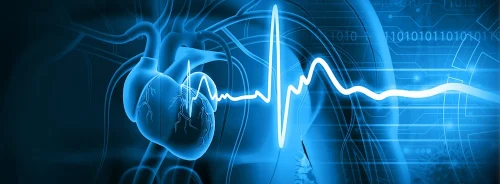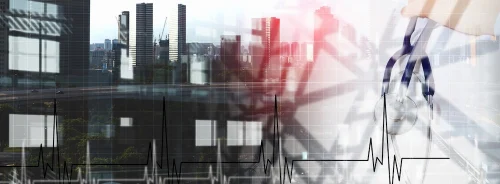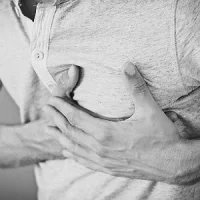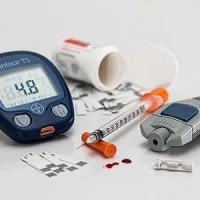A proof-of-concept study, published in the journal Circulation Research, describes a novel technique for growing heart cells in a 1-micron-resolution scaffold made using a 3D printer. The mix of human cells organised themselves in the scaffold to create engineered heart tissue that beats synchronously in culture. When the human-derived heart muscle patch was surgically placed onto a mouse heart after a heart attack, it significantly improved heart function and decreased the amount of dead heart tissue.
See Also: Advantages of 3D Printing in Healthcare
Researchers say their work is an important step toward the goal of preventing heart failure after a heart attack. The heart cannot regenerate muscle tissue after a heart attack has killed part of the muscle wall. That dead tissue can strain surrounding muscle, leading to a lethal heart enlargement. It has long been the dream of heart experts to create new tissue that could replace damaged muscle and protect the heart from dilatation after a heart attack.
The researchers modelled the scaffold after a three-dimensional scan of the extracellular matrix of a piece of mouse myocardial tissue. Extracellular matrix is the collection of compounds secreted by cells that gives structural support and cushioning to hold the tissue together. They used multiphoton 3D printing to create crosslinks among extracellular proteins dissolved in a photoreactive gelatine. When the uncrosslinked gelatine was washed away, the photopolymerised extracellular protein scaffold that remained replicated the shape of the extracellular matrix, with hollows where cells had been.
This native-like scaffold was seeded with a mix of 50,000 cardiomyocytes, smooth muscle cells and endothelial cells derived from human-induced pluripotent stem cells, or hiPSCs. Within one day of seeding, the cardiac muscle patch began beating, with the speed and strength of contractions increasing significantly over the next week. The native-like structure of the scaffold contributed to the healthy electrical and mechanical function of the cells, the team noted.
“Thus, the hiPSC-derived cardiac muscle patches produced for this report may represent an important step toward the clinical use of 3D-printing technology,” according to authors Jianyi Zhang, MD, PhD, the University of Alabama at Birmingham, and Brenda Ogle, PhD, the University of Minnesota. They also said, “To our knowledge, this is the first time modulated raster scanning has ever been successfully used to control the fabrication of a tissue-engineered scaffold, and consequently, our results are particularly relevant for applications that require the fibrillar and mesh-like structures present in cardiac tissue.”
Source: University of Alabama at Birmingham
Image Credit: University of Alabama at Birmingham
Latest Articles
heart attack, 3D printing, heart cells, heart function, engineered tissue
A proof-of-concept study, published in the journal Circulation Research, describes a novel technique for growing heart cells in a 1-micron-resolution scaffold made using a 3D printer.










